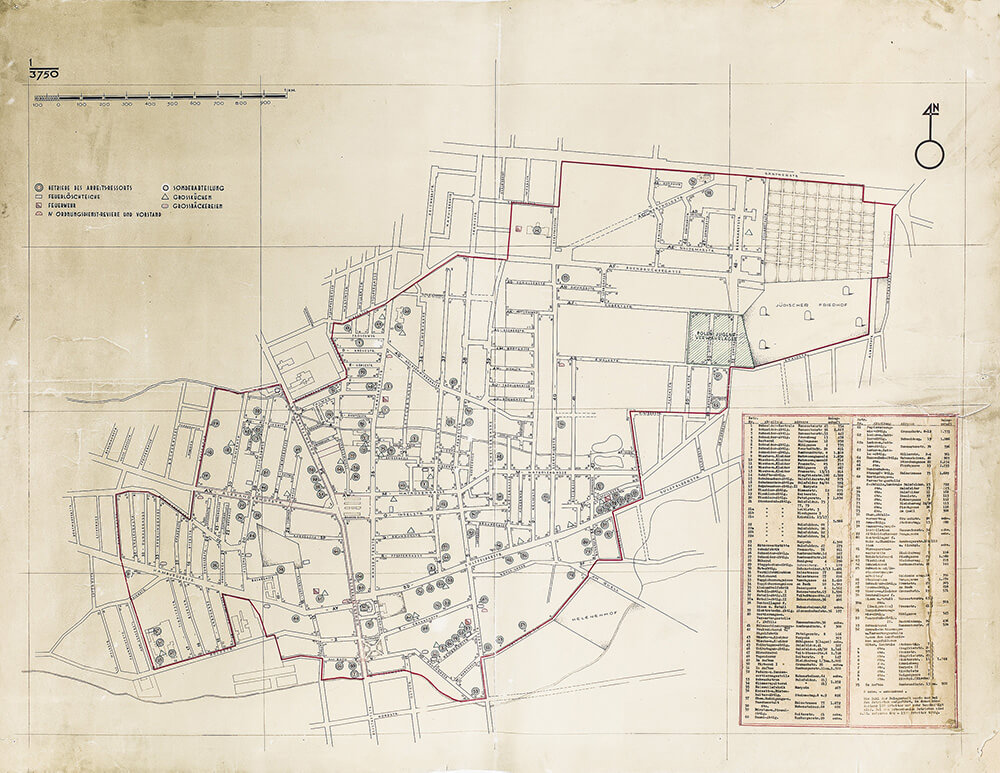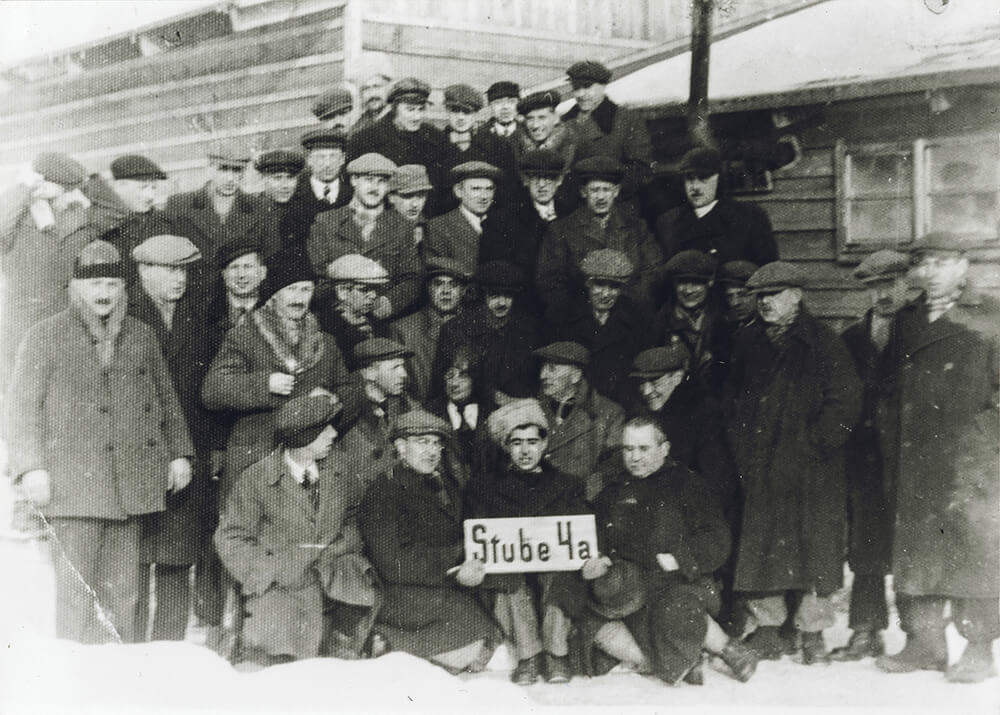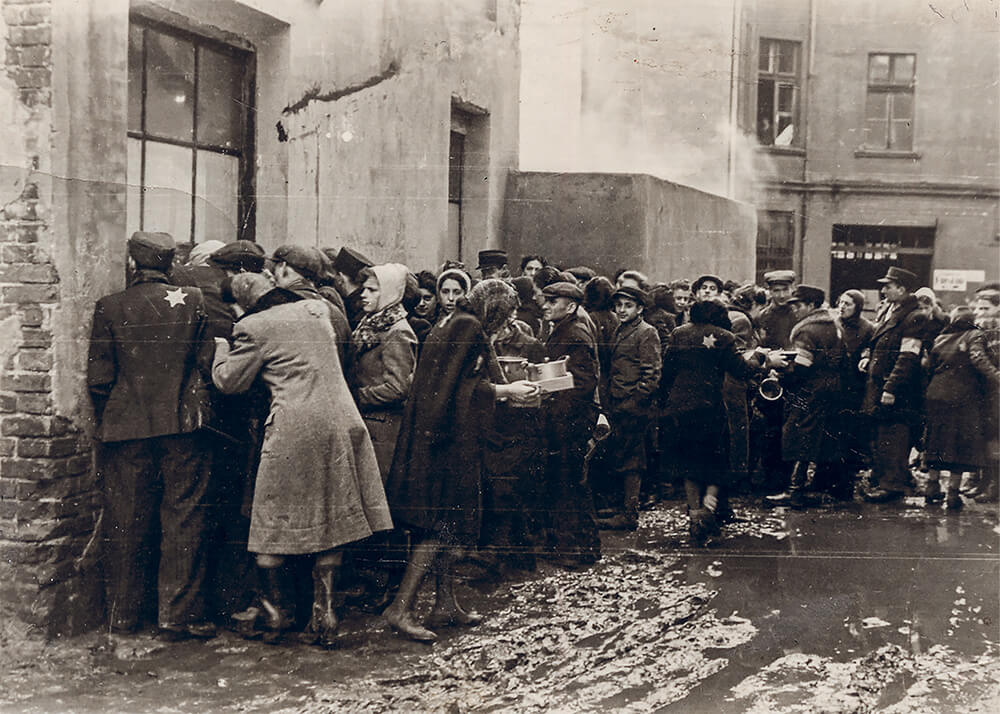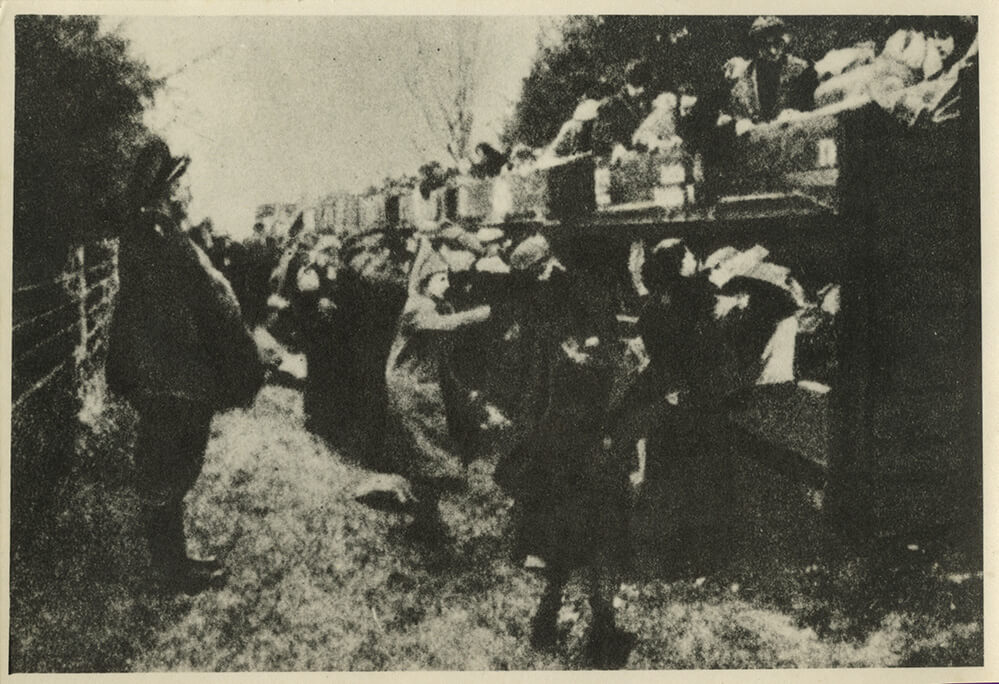The First Transports
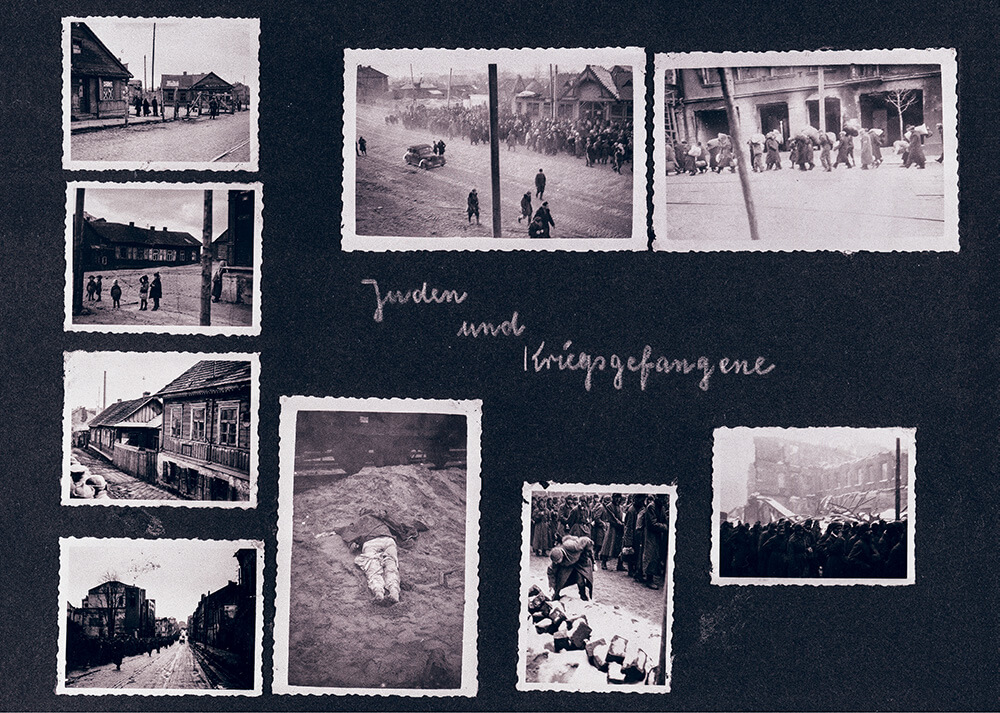
A page from the Kurt Wafner Album, depicting Jewish residents of Minsk at the time of the arrival of a transport from Brno in November 1941.
Kurt Wafner AlbumThe first transports from the Protectorate were dispatched in October 1939; almost 1,300 men were deported from Frýdek-Místek and Moravská Ostrava to a transit camp in Nisko in German-occupied Poland. One of the aims was to determine the feasibility of the mass relocation of Jews to a demarcated area in Eastern Europe. Some of the prisoners escaped into Soviet territory, while the rest returned home after the camp’s dissolution in the spring of 1940, although they were later deported to the Terezín ghetto.
The systematic deportation of Jews from the Protectorate of Bohemia and Moravia began in October 1941. Five thousand people were deported from Prague to the ghetto in the Polish city of Łódź (Litzmannstadt). From May 1942 onwards, a number of them were sent to the death camp of Chelmno (Kulmhof) in German-occupied Poland.
In November 1941 a train carrying a thousand deportees was dispatched from Brno to the ghetto in Minsk. Many of the prisoners did not survive the harsh conditions of ghetto life. Others were sent on to the Maly Trostenets death camp, where they were shot or murdered in mobile gas vans (dushegubky).
The deportation of Jews to German-occupied territories in Eastern Europe involved a new, radical phase of the so-called „final solution to the Jewish question“ (Endlösung der Judenfrage). It was a monstrous program of deportation, forced labour and mass murder.
